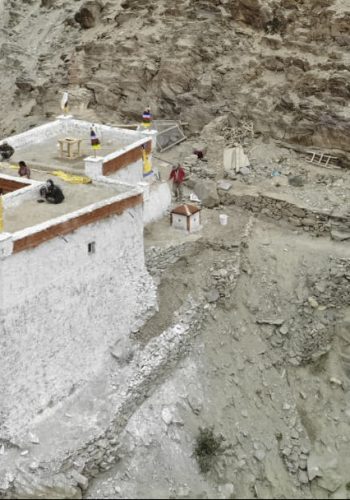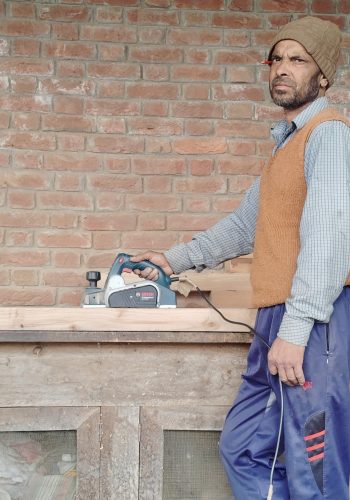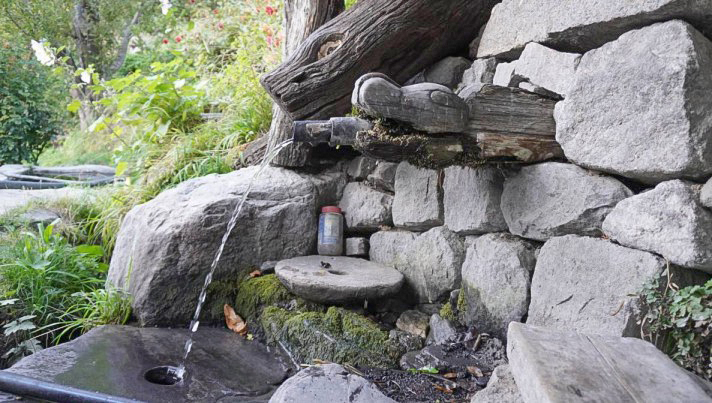
Naagas: an age-old water conservation belief system of Kinnaur
This story provides a glimpse of the indigenous belief system for water conservation through the Naagas in the rain-shadow Himalayan region of Kinnaur. The author celebrates the collective wisdom of her ancestors and how their embeddedness in their landscape enables them to value the interconnectedness of life.
Storyteller : Pramiti Negi, Himal Prakriti Fellow
Rekong Peo, Kinnaur District, Himachal Pradesh
Read this story in Hindi
“Ah! ah! ah! he would touch his eyes and scream in pain, suddenly and out of nowhere,” said my grandmother describing the condition of her father-in-law.
No, he was not suffering from any illness, at least not something that had been diagnosed. Why he would scream out of nowhere has to do with an age-old belief system.
To understand the belief system, I will simply illustrate the history of my grandfather’s family passed down orally from one generation to another. As the story goes, the lands our ancestors lived upon had a spring water source. Spring waters are known in Kinnaur as Naagas which literally translates to ‘a snake’. Now mind you, the word for an actual physical snake in our dialect is Saapas. Naagas on the other hand, is a sacred and mystical serpent often credited with the bestowing of the spring water.
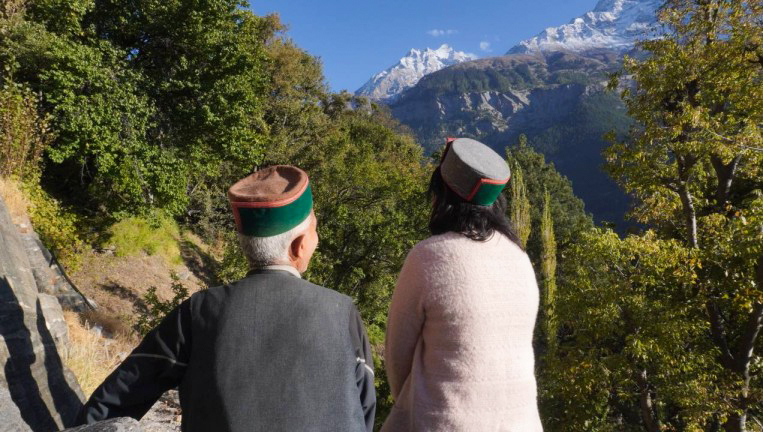
Going back to the story of my grandfather’s family. At some point in the distant past, an extensive landslide compelled his ancestors to abandon the land they called home. They moved to a new location within the village. When they relocated, an odd but plausible event occurred. The Naagas they worshipped on their previous land mysteriously materialized from the ground of their new home. In the past, the family had offered prayers every morning to the mystical serpent by burning Shur (Juniper used as incense). They kept the vicinity of Naagas clean and pristine. And they continued doing so at their new home as well.
“So what was wrong with the eyes of your father-in-law?” I asked my grandmother.
“He was doing something with his farming tools near the spring and he must have unknowingly injured the eyes of Naagas. Right after, he had the sporadic sensation of being pierced by a sharp object in his eyes that made him scream suddenly,” she replied.
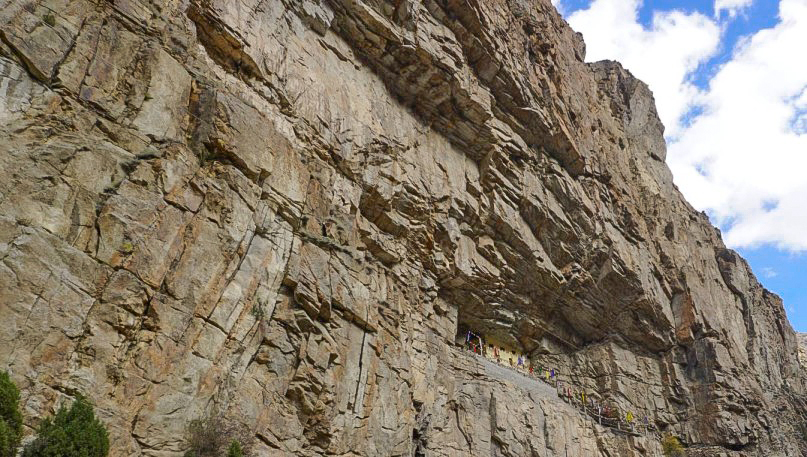
The other account I came across is that of a renowned Buddhist monk. In the faraway village of Kuno, this monk meditated in a cave, high on the cliff of a mountain. The place was known by the name Somang and the monk became famous as Somang Tulku (Tulku is the rank of the monk). Some 15 years back, it was decided that a monastery be constructed there. Somang Tulku oversaw the construction and stayed with village people in makeshift tents erected upon the neighbouring pastures below the cave. A Naagas flowed near their temporary abode. A few days later Tulku Monk advised people to move away from the place and they did.
“This is not a good place to camp. The Naagas here is a Rok Naagas. It haunts my dream every night,” he had warned.
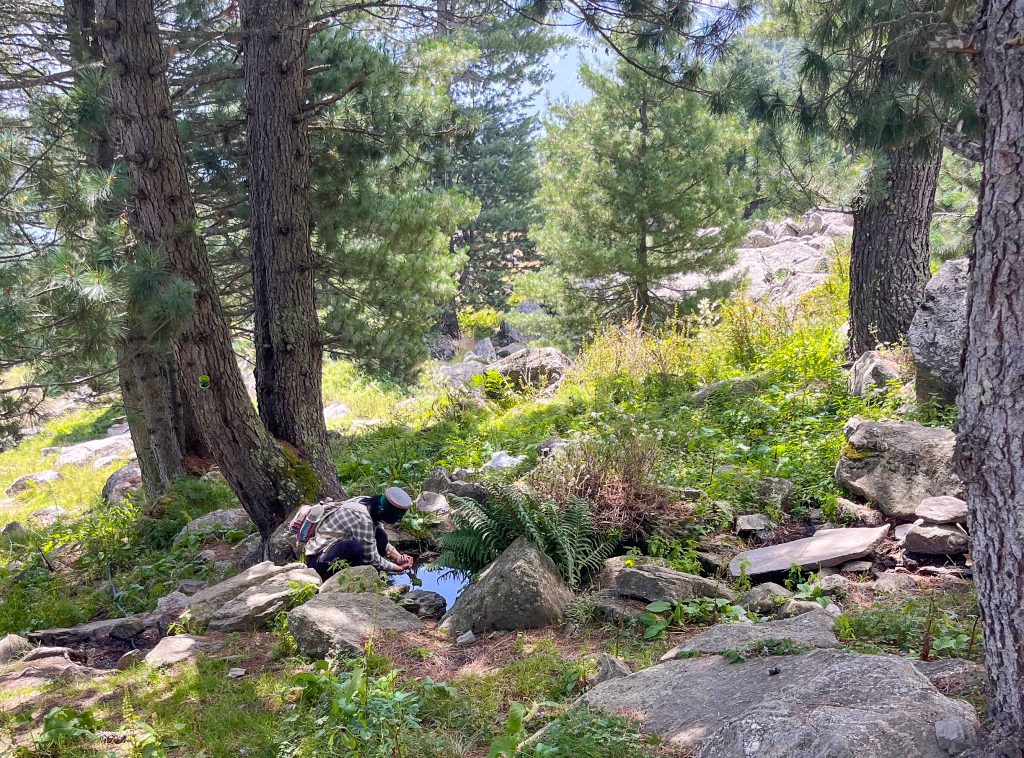
The origin of the spring waters is believed to be from two types of mystical Serpents- the Rok Naagas and Thog Naagas.
Rok Naagas or the black snake is a man-eating serpent. If you worship it, you will gain prosperity. But Rok Naagas can also cause ailments and untimely death.
Thog Naagas means a white snake, but it can also refer to any serpent that is not black. Thog Nagaas or the serpent that is not black is relatively easy-going.
If the water source is sullied or the natural environment of the Naagas is disturbed, the serpent is angered. If it is a black serpent, it can and will cause you harm. If it is a white serpent, the spring will simply dry up.
Even the typical symbols of faith such as statues, flowers, sacred threads, candles and lamps are not to be found near Naagas, as they might pollute the water. The mantra is clear. Use the water but keep it clean.
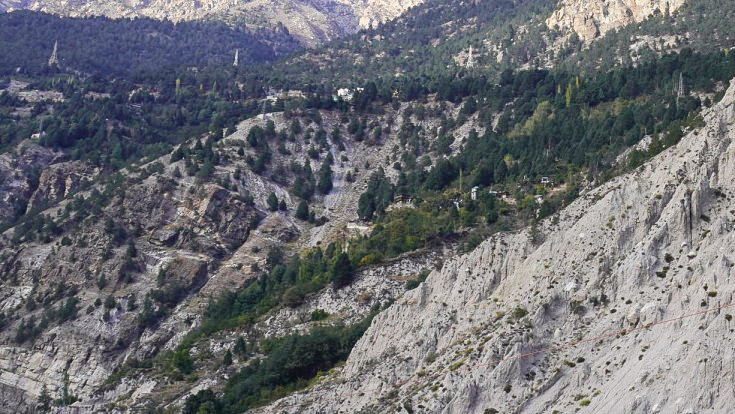
My Mapo (mother’s side of the family) is located in a village named Khadura which is a cold and dry region within the Himalaya and receives low rainfall. Whenever I visit my Mapo, I make sure to drink from the fresh and sweet water of the Naagas. On hot summer days, the water from Naagas will be cold and refreshing. During winter, as soon as the temperature drops below zero, many water sources will freeze but the Naagas gives water year-round.
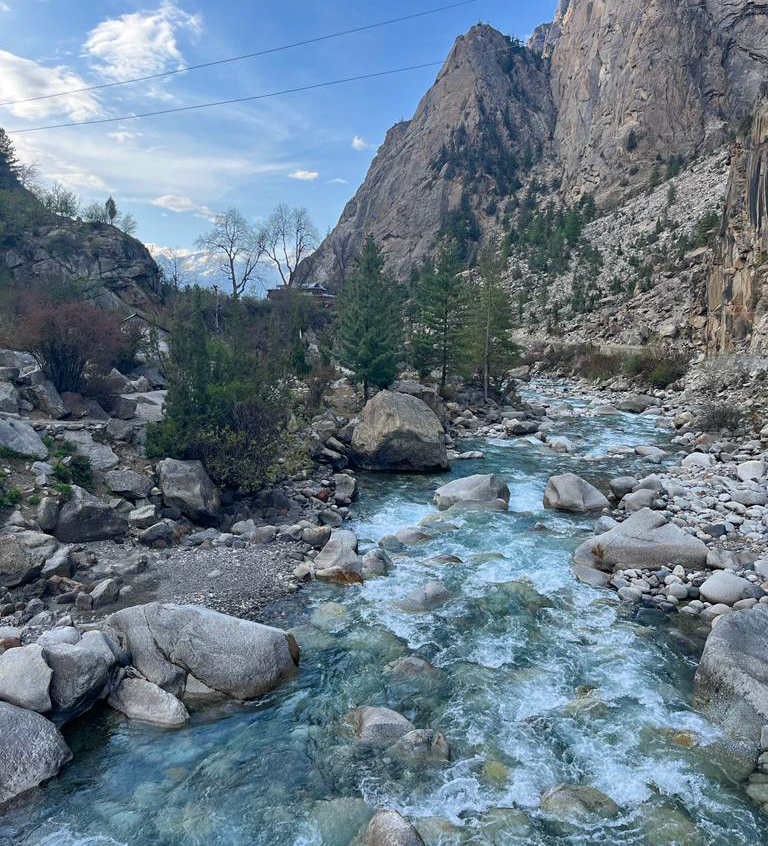
Different valleys in Kinnaur are situated along the banks of Satluj river and its tributaries. A good amount of rainfall is experienced in the valleys located in the lower regions of Satluj and Baspa rivers. The upper regions are located in the rain-shadow with weather akin to that of the cold deserts of neighbouring Spiti and Tibet. Livelihood across Kinnaur is dependent on agriculture. Drinking water sources, irrigation channels and water for livestock are necessary for survival. It is no surprise then that many of our myths and rituals celebrate water and water bodies.
Another interesting incident about the Naagas was narrated to me by a friend. A few years back she was stung by bees and had an allergic reaction. Someone suggested a folk remedy of crushing cannabis plants and applying the juice to the swollen area. Alas! A few days earlier, the villagers had uprooted all of the cannabis growing across the village in a “cleanup” drive. All but one place remained untouched. No one had dared to clear out the weeds growing near the Naagas. And that came to her rescue.
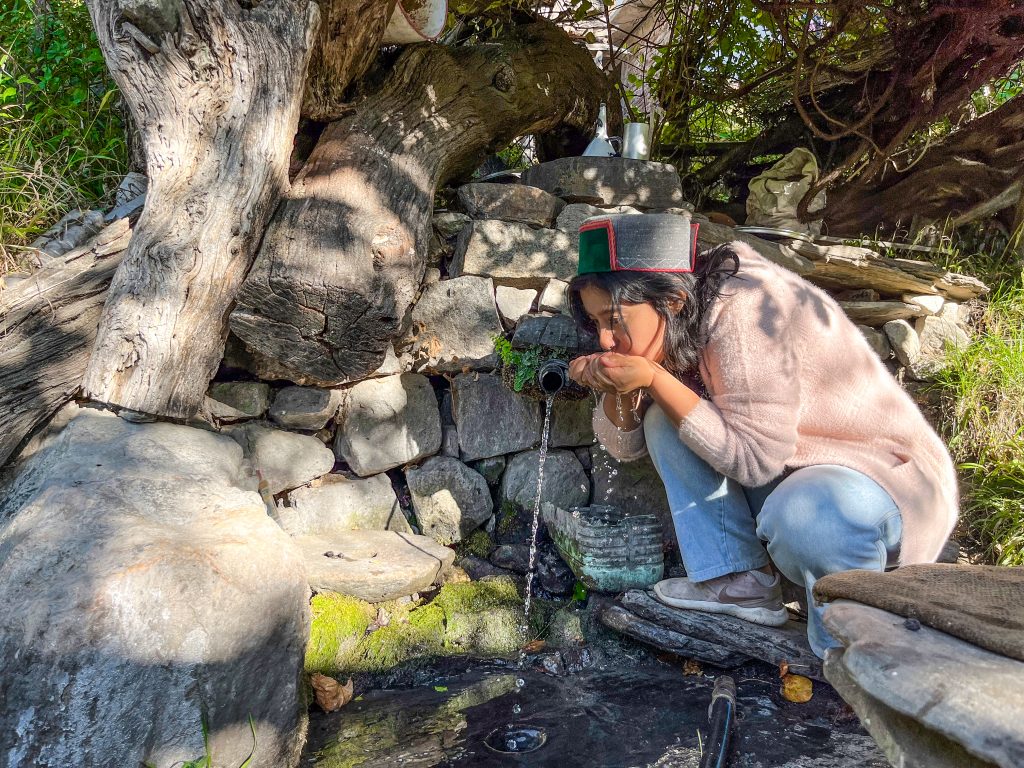
I have an abiding faith that indigenous belief systems such as those of Naagas offer a glimpse of our ancestor’s experiences and their collective wisdom that may be interpreted in different ways. For me, it is interesting how they embraced the embeddedness of humans within the interconnected web of life. In this worldview, judgment based on utility or morality (for instance who owns the Naagas or what should we do with the cannabis growing around it) does not determine the order of things.
More often than not, the logic of modernity views the indigenous beliefs with scepticism. But many of these beliefs have developed over generations of close interaction with the ecology and geographical reality of this Himalayan region.
Is it fair then to dismiss such a belief system and way of life as irrational and superstitious?
Meet the storyteller
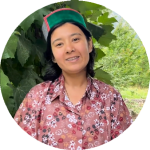
Pramiti Negi
Pramiti Negi is an avid enthusiast of Ghibli movies and loves collecting different varieties of green tea. A simple way to please her is to make her a personalized music playlist. She strives to incorporate elements of the storytelling traditions which she inherited from her ancestors, into her work. She aspires to finish writing her first novel before she turns 30. Pramiti lives in Rekong Peo, in the border district of Kinnaur in Himachal Pradesh and is currently a Himal Prakriti Fellow.
प्रमिति नेगी घिबली फिल्मों की शौकीन हैं और उन्हें विभिन्न प्रकार की ग्रीन टी इकट्ठा करना पसंद है। उसे खुश करने का एक सरल तरीका यह है कि उसके पसन्द का संगीत प्लेलिस्ट बना कर उसे दे दी जाए। वह अपने काम में कहानी कहने की उन परंपराओं के तत्वों को शामिल करने का प्रयास करती हैं जो उन्हें अपने पूर्वजों से विरासत में मिली हैं। वह 30 साल की होने से पहले अपना पहला उपन्यास लिखना चाहती है। प्रमिति हिमाचल प्रदेश के सीमावर्ती जिले किन्नौर के रिकांग पियो में रहती हैं और वर्तमान में हिमल प्रकृति फेलो हैं।



